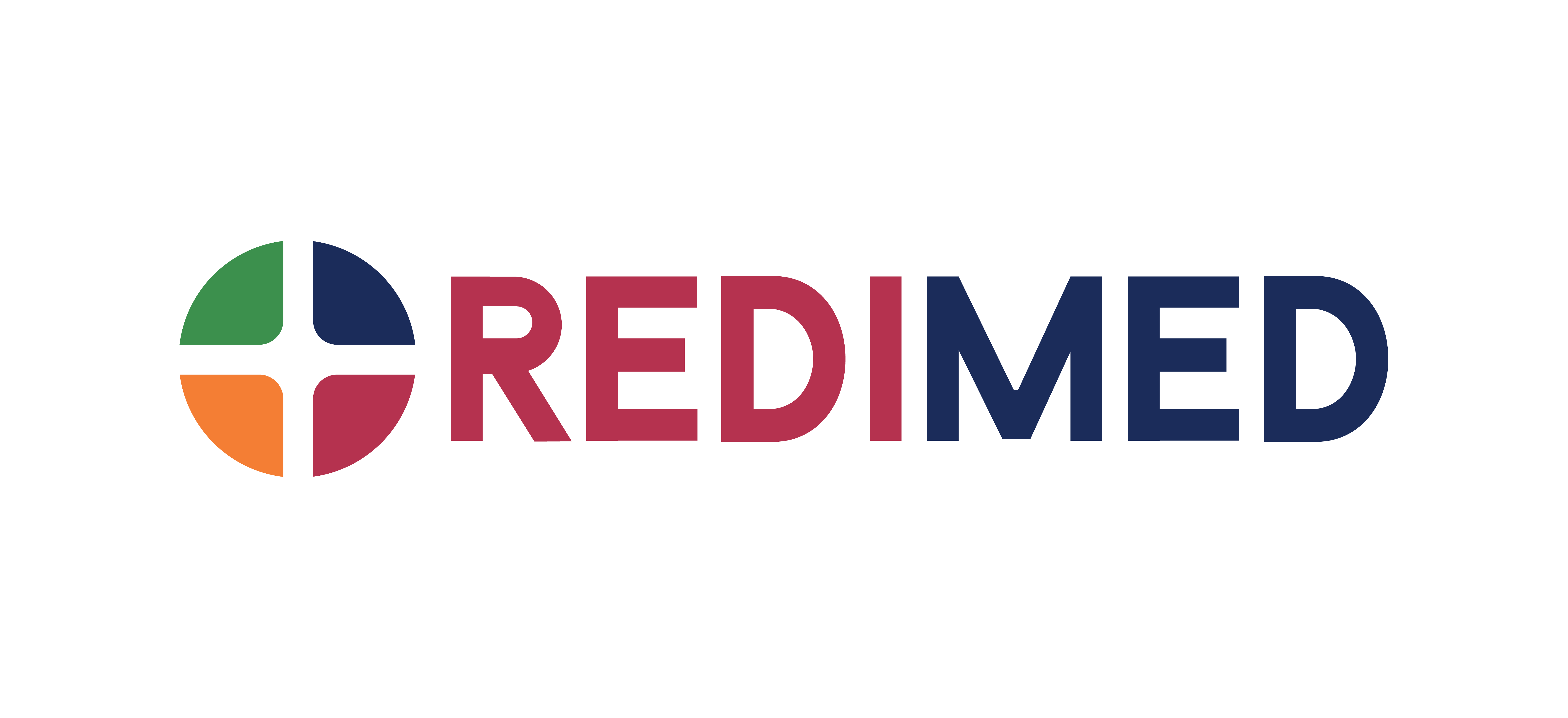Health Monitoring
Protect your people and stay compliant by regularly monitoring employees who work with hazardous substances.
Trusted by leading Australian employers.








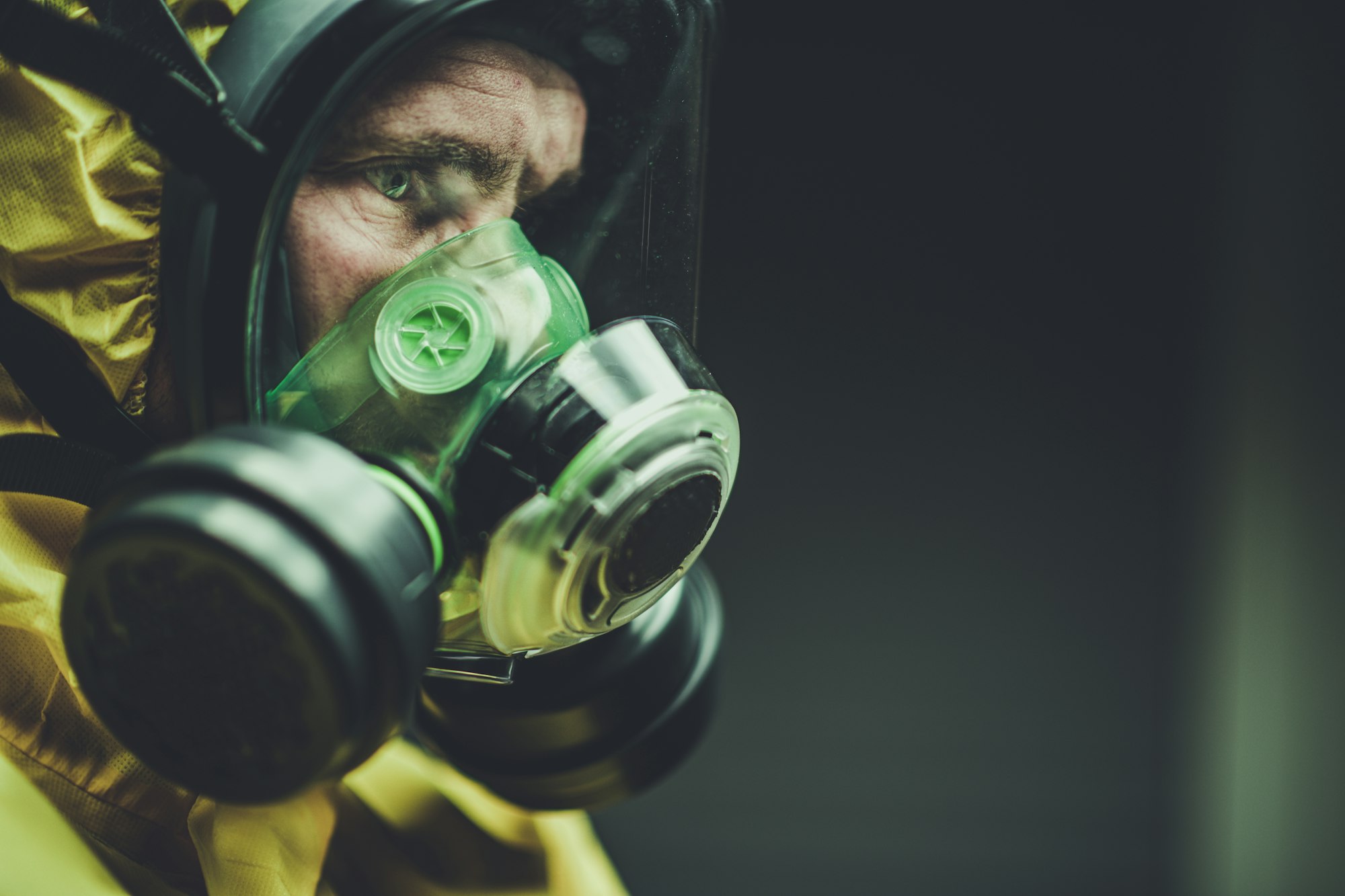
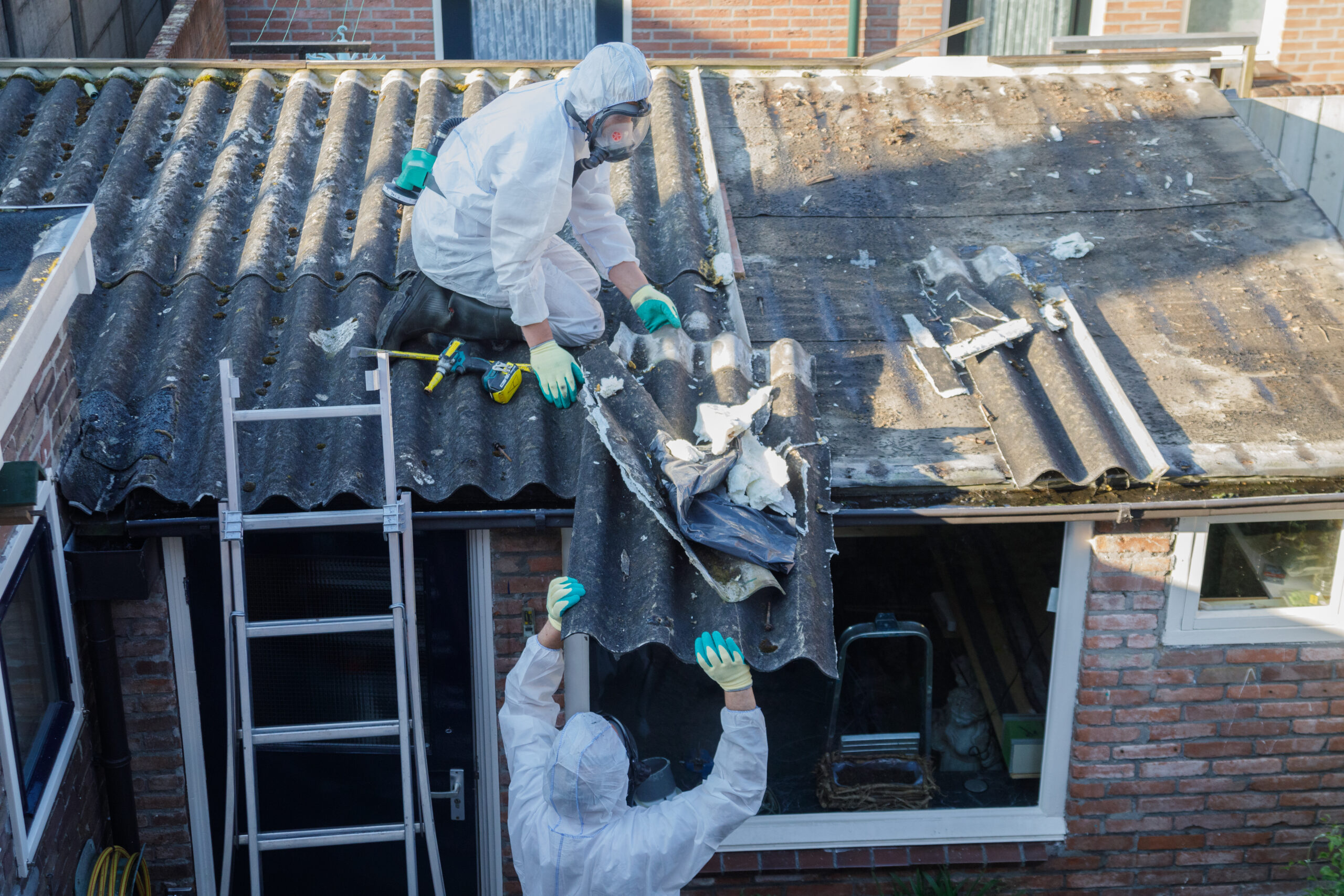
What Is Health Monitoring?
Health monitoring (also known as ‘health surveillance’) is testing conducted on workers to identify changes in their health status due to exposure to hazardous substances.
Tests must be conducted by an appropriately qualified healthcare professional on behalf of the worker’s employer, and include both baseline testing and ongoing monitoring.
Health monitoring, which may include biological monitoring is required by law in all Australian jurisdictions for applicable workers. It may include; questionnaires, medical examinations, blood or urine tests, lung function tests, chest x-rays or low dose chest CT scans.
We have over 15 years’ experience supporting organisations in the creation of adequate worksafe standards to ensure you meet your legal obligations.
Our health screening team are available to discuss any questions you have regarding hazardous substance exposure in your workplace to maintain a safe and healthy workplace environment.
When Is Health Monitoring Required?
As a PCBU, you have the duty of determining “significant risk” and if applicable, must provide health monitoring for a worker when the following conditions are met:
- The worker is carrying out ongoing work that involves using, handling, generating or storing hazardous substances based on Schedule 14 of the WHS regulations.
- Due to that exposure, there is a significant risk to the worker’s health.
- Has commenced or is conducting lead risk work
- Is carrying out asbestos removal and/or related work with asbestos
Exactly when those criteria are met needs to be determined by you in consultation with our health monitoring doctor and your risk management team to ensure proactive monitoring measures are developed.
Use the below table as a guide to whether an exposure scenario could constitute ‘significant risk’.
Level of Exposure | Known Control Measures Are in Place | Not All Known Control Measures Are in Place |
Exposure is well below a level that could harm health* | Monitoring may not be required | Monitoring may not be required |
Exposure is at a level that could harm health* | Monitoring may not be required | Monitoring required |
Exposure to a chemical that is highly toxic | Monitoring may not be required | Monitoring required |
It is reasonably foreseeable that leaks or spills may occur | Monitoring may not be required | Monitoring required |
Uncertain about the risk to health or level of exposure | Monitoring required | Monitoring required |
* Where a workplace exposure standard (WES) for an airborne contaminant has been established, exposure over 50 per cent of the WES indicates controls may not be adequate.
Table adapted from WorkSafe Queensland.

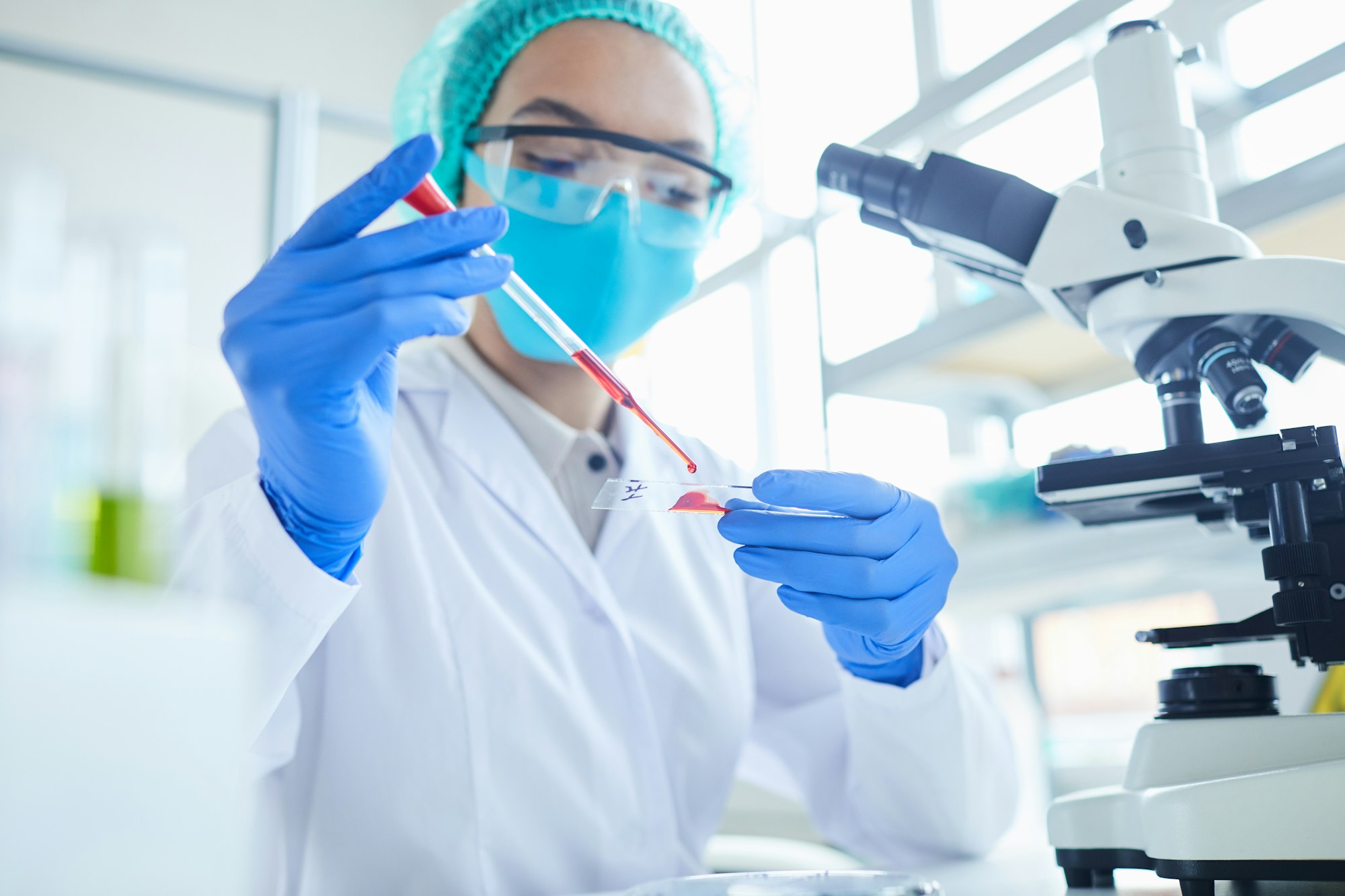
Hazardous Substances We Screen For
Why Choose RediMed?
We are experts in the prevention and management of health conditions. Our end-to-end healthcare services are all under one roof, delivering a seamless and efficient process for you and your workers. Our specialists collect baseline data points and review patient levels to provide your business with a detailed monitoring report incorporating implementation strategies for reducing biological and environmental hazards in your workplace.
Our monitoring programs are conducted by our qualified medical practitioners to identify changes in a workers health status.
Our monitoring programs are carefully customised to your organisations requirements based on the types of hazardous expsoures in your workplace.
Book, reschedule and cancel your workers appointments through our easy to use Medical Online Booking platform.
Receive results faster by download your workers' monitoring results as soon as they are available through our online portal, usually within 24 hours.
If a candidate can’t attend their assessment, you can replace their booking with another candidate’s at no cost through our portal.
On a case by case basis we can determine if you qualify for on site testing to simplify and speed up the process.
Types Of Health Monitoring Tests
Baseline
Testing
Periodic Monitoring
Audiometry Assessments
We Work In Accordance With All State Legislation Requirements.


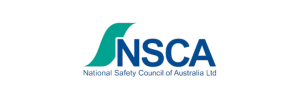


Health Monitoring Process
As your end-to-end workplace health partner, we’ll help you design a health monitoring strategy to protect your people and optimise their performance.
Strategy implementation will be directed by your dedicated customer relationship manager – one touchpoint for every health service you need.
Get in touch with us to set up a complimentary consultation.
During strategy development, we’ll help you identify operational scenarios where repeated exposure to hazardous substances is likely.
We’ll then coordinate with your risk management team to implement control measures and set up a health monitoring schedule.
Once a health monitoring schedule has been established, we’ll conduct baseline tests for all new workers entering those scenarios.
Tests can be conducted on site by our field units or in any one of our seven clinics.
(In regions without RediMed clinics, we’ll schedule all testing through our Alliance Network, which comprises prequalified healthcare partners across Australia.)
If baseline tests haven’t been conducted for workers who have already been exposed to hazardous substances, we’ll work with you and the relevant regulator to formulate a mediation plan.
Once baseline tests have been conducted, all future testing will be arranged by your customer relationship manager in line with your health monitoring schedule.
Copies of each test report will be automatically sent to you and the tested worker.
If a health impact or adverse exposure level is detected, we’ll notify you and the relevant regulator, and work with you and the affected worker to conduct further testing and treatment.
Health Monitoring FAQs
If a worker is exposed to any of the following chemicals in an ongoing capacity, and at levels that pose a significant risk to their health, a health monitoring program should be implemented.
- Acrylonitrile
- Arsenic (inorganic)
- Benzene
- Cadmium
- Chromium (inorganic)
- Creosote
- Crystalline silica
- Isocyanates
- Lead (inorganic)
- Mercury (inorganic)
- 4,4' methylene bis (2-chloroaniline) (MOCA)
- Organophosphate pesticides
- Pentachlorophenol (PCP)
- Polycyclic aromatic hydrocarbons (PAH)
- Thallium
- Vinyl chloride
Some states or territories may specify additional substances that are considered hazardous substances. You can view the full list of SafeWork Australia monitoring guides here.
Keep in mind that, even if a hazardous substance is not specified by name in regulations, you’ll still generally have to monitor its effects on worker health if there are valid ways to monitor health impacts or exposure levels.
Requirements around health monitoring are generally detailed in each state or territory’s health and safety Acts (and delegated legislation). For example, Western Australian surveillance requirements are stipulated by the Work Health and Safety Act 2020 (WA) and the Work Health and Safety (General) Regulations 2022 (WA); Queensland requirements are stipulated by the Work Health and Safety Act 2011 (QLD) and the Work Health and Safety Regulation 2011 (QLD).
The person conducting a business or undertaking (PCBU), which is normally the exposed worker’s employer, pays for all health monitoring-related expenses, including testing costs, travel costs, medical bills, and required time off work.
Generally, you’ll need to provide copies of any health monitoring reports for a worker to:
- the worker themselves
- the relevant regulator (only if health impacts have been detected or exposure levels have been exceeded)
- other PCBUs that also engage the worker in question.
Keep in mind that requirements may vary between jurisdictions.
Health monitoring tests vary between hazardous substances. In most cases, your medical practitioner will review the worker’s demographic, medical and occupational history, check their exposure records, and conduct a physical examination.
Other tests include:
- urinary tests
- blood tests
- health and function questionnaires
- respiratory function tests
- skin inspections
- X-rays.
Your medical practitioner may also provide health advice in relation to symptoms and safety best practices.
